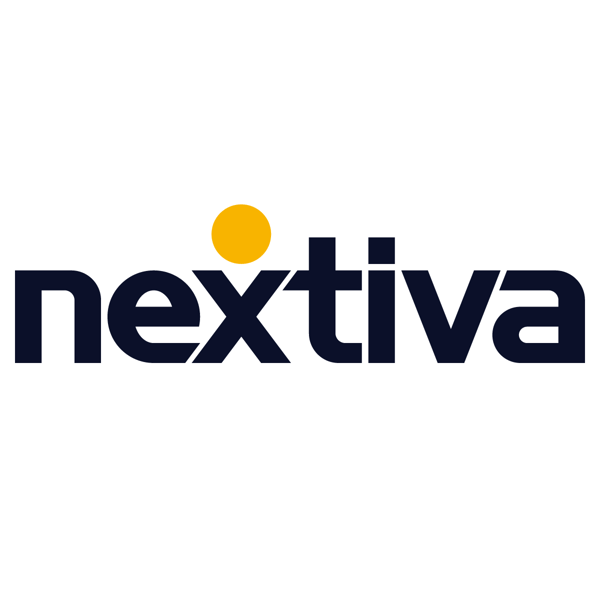While occasional procrastination and distraction are normal, our attention spans are shrinking in the digital age.
Focusing on necessary tasks can feel like wrangling a runaway horse. The COVID-19 pandemic’s impact on work habits has been complex. While remote work can increase productivity, many returning to offices see those gains disappear.
Maximizing productivity is personal. It depends on your job, psychology, and focus habits. Here are six research-backed strategies to jumpstart productivity or inspire you to find what works best — whether working from home or in a dedicated office.
6 Simple Hacks To Boost Work Productivity
1. Make to-do lists
Don’t underestimate the power of a simple to-do list.
Studies on the Zeigarnik effect show that leaving tasks unfinished can hinder productivity, especially if they’re the first steps in a chain.

Writing them down frees your brain from mentally tracking everything, allowing for deeper thinking on complex topics.
- Get specific: Don’t just write down “work on report.” Break it down into actionable steps like “gather data,” “write introduction,” “analyze results,” etc.
- Prioritize ruthlessly: Not all tasks are created equal. Use a system like the ABC method (A: Important and urgent, B: Important but not urgent, C: Not important but urgent, D: Not important and not urgent) to identify what needs immediate attention and what can wait.
- Estimate time for each task: This helps you create a realistic schedule and avoid feeling overwhelmed.
- Use different list formats: Experiment with paper notebooks, digital to-do list apps, or whiteboards to find what works best for you visually and functionally.
- Schedule time for planning: Block out dedicated time in your calendar each week to review your to-do list, reassess priorities, and adjust as needed.
2. Identify priorities
Amidst the constant juggling of professional and personal responsibilities, one of our biggest challenges is prioritizing our tasks effectively. It’s easy to get overwhelmed by the sheer volume of demands vying for our attention.
However, taking a step back and adopting a structured approach can be a game-changer.
For instance, the pickle jar theory can be incredibly helpful for visual thinkers, allowing them to separate crucial tasks from distractions and the ‘nice-to-haves.’ Physically or mentally assigning tasks to different jars, you can gain clarity on what truly deserves your immediate focus.

For those in leadership roles, the Eisenhower matrix can be a valuable tool for prioritization. This matrix categorizes tasks into four quadrants: important and urgent, important but not urgent, urgent but not important, and finally, neither urgent nor important.
Placing your tasks in their respective quadrants helps quickly identify which ones demand immediate attention and which can be delegated, scheduled for later, or even eliminated.
Regardless of your specific method, having a deliberate and structured approach to prioritizing your tasks can significantly enhance your productivity and ensure that your time and energy are directed toward the most impactful endeavors.
3. Set deadlines
According to Parkinson’s Law, ‘work expands to fill the time available for its completion.’ In other words, tasks can easily stretch out indefinitely if we don’t impose constraints on ourselves.

Understanding this quirk of human nature can help us manage our time more effectively through a practice called timeboxing. The first step is to create a daily schedule, blocking out specific time slots for focused work on your high-priority tasks.
Dedicating predetermined windows to each task helps you create a sense of urgency that combats procrastination.
Of course, the key to successful timeboxing is setting realistic deadlines. It’s essential not to overload yourself by underestimating the time required for complex tasks.
Instead, consider chunking larger projects into smaller, more manageable deadlines — this not only makes the workload feel less daunting but also helps maintain momentum by celebrating incremental progress.
Additionally, using a timer for each task can be a game-changer, helping you stay on track and avoid getting bogged down in unnecessary details.
If deadlines are externally imposed, clear communication is crucial — be proactive in highlighting any potential roadblocks or conflicts with deadlines for other tasks to manage expectations effectively.
4. Create working time blocks
When it comes to maximizing productivity, structuring your workday is key.
Two popular techniques that can help you take control of your time are time blocking and the Pomodoro Technique.
Time blocking involves dedicating specific hours of your day to predetermined tasks, allowing for a focused and uninterrupted workflow. This approach is particularly beneficial for complex projects that demand sustained attention, as you can allocate dedicated blocks for research, writing, editing, and so on.

On the other hand, the Pomodoro Technique tackles tasks in short, intensive bursts of 25 minutes, followed by 5-minute breaks, with longer breaks every four cycles. This method can be incredibly effective for repetitive tasks or when struggling to focus.
The beauty of these techniques lies in their flexibility and adaptability. While some individuals thrive on the structured nature of time blocking, others may find the Pomodoro Technique’s frequent breaks more conducive to their work style.
The key is to experiment with both approaches and find what resonates best with your personal preferences and the nature of your tasks.
You might even consider combining the two techniques, using time blocking for your morning hours when you’re fresh and focused, and then transitioning to the Pomodoro Technique in the afternoons when you need periodic breaks to recharge.
The goal is to tailor your work style to your unique needs, maximizing productivity while minimizing burnout and maintaining a healthy work-life balance.
5. Avoid multitasking
The temptation to multitask can be overwhelming. We often convince ourselves that juggling multiple tasks simultaneously is the key to maximizing productivity.
However, for most people, remaining focused on one action at a time allows the brain to sink more fully into the activity and complete it faster than multitasking.
Research has consistently shown that the human brain is simply not wired for efficient multitasking. In fact, task-switching can decrease productivity by a staggering 40%.

The solution?
Embracing monotasking and the art of deep work. Eliminating distractions, silencing notifications, closing unnecessary browser tabs, and finding a quiet workspace helps create an environment conducive to sustained focus on a single task at a time.
During your designated breaks, resist the urge to check social media or emails – instead, take a walk, listen to music, or engage in some light stretching to truly refresh your mind.
Additionally, practices like mindfulness meditation and breathing exercises can enhance your ability to maintain focus and resist the siren call of distractions.
By embracing monotasking and cultivating deep work, you unlock a level of productivity and efficiency that multitasking simply cannot match.
6. Automate repetitive tasks
Time is a precious commodity, and finding ways to maximize efficiency has become a necessity. One powerful strategy to reclaim your time is to automate repetitive tasks that consume valuable hours.
From setting up automatic email responses for frequently asked questions or greetings, to using filters that sort incoming emails into designated folders, email automation alone can save you time and mental energy.

Moreover, exploring project management software or marketing automation tools can streamline repetitive tasks within your workflow, allowing you to focus on higher-level priorities.
Remember that automation is not about replacing human workers, but rather about working smarter, not harder. Where a task can be effectively delegated to someone on your team, seize the opportunity — this frees up your time and empowers others to contribute their skills.
Furthermore, as advanced technologies like artificial intelligence and machine learning continue to shape the future of work, enhancing productivity is no longer a drain on the brain. Nothing can replace human ingenuity and creativity but definitely add to it.
Related: Team Productivity: A Tactical Guide to Improve Team Efficiency
Transform Your Workday: Take Control of Your Productivity
Maximizing productivity is a constant pursuit. The techniques explored here offer a springboard for developing a personalized approach that optimizes your focus and output.
Keep experimenting and find what works best for you.
Planning, prioritization, time management, and technology, can all transform your workday and help you achieve a greater sense of accomplishment.
So why not try these strategies and see how much you can achieve?
Get everyone on the same page with Nextiva.
Scale productivity with the unified customer experience platform that keeps your team connected.

















 Productivity
Productivity 







